Shop Echinacea
Bring lasting colour and pollinator appeal to your garden with Echinacea. These hardy, drought-tolerant perennials flower for months and thrive in sunny borders. Choose from a range of vibrant varieties available now at Middleton Nurseries.
-

Out of stock
Out of stock
Out of stock
Out of stock
Out of stock
Out of stock
Out of stock
Echinacea ‘Delicious Candy’ (Coneflower)
£6.75 – £25.00Price range: £6.75 through £25.00 Select options This product has multiple variants. The options may be chosen on the product page -
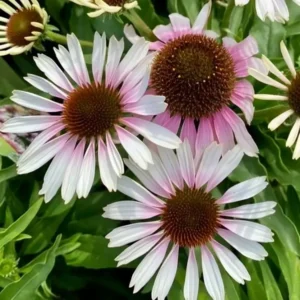
Out of stock
Out of stock
Out of stock
Out of stock
Out of stock
Out of stock
Echinacea ‘Fountain Pink Eye ‘ (Fountain Series) (Coneflower)
£6.75 – £30.00Price range: £6.75 through £30.00 Select options This product has multiple variants. The options may be chosen on the product page -
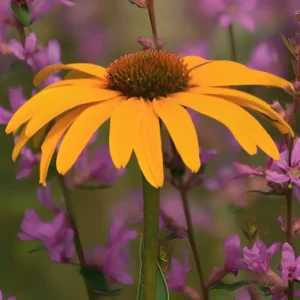
Out of stock
Out of stock
Out of stock
Out of stock
Out of stock
Out of stock
Out of stock
Out of stock
Out of stock
Echinacea ‘Honey Skipper’ (Coneflower)
£6.75 – £25.00Price range: £6.75 through £25.00 Select options This product has multiple variants. The options may be chosen on the product page -
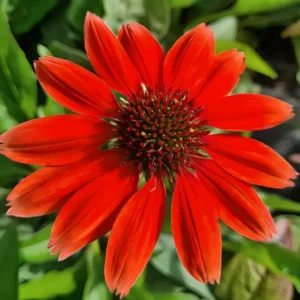
Out of stock
Out of stock
Out of stock
Out of stock
Out of stock
Out of stock
Echinacea ‘Lakota Red’ (Coneflower)
£6.75 – £25.00Price range: £6.75 through £25.00 Select options This product has multiple variants. The options may be chosen on the product page -
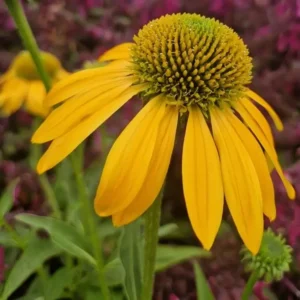
Out of stock
Out of stock
Out of stock
Out of stock
Out of stock
Out of stock
Out of stock
Echinacea ‘Lakota Yellow’ (Coneflower)
£6.75 – £25.00Price range: £6.75 through £25.00 Select options This product has multiple variants. The options may be chosen on the product page -
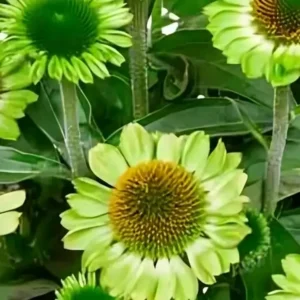
Out of stock
Out of stock
Out of stock
Out of stock
Out of stock
Out of stock
Echinacea ‘Mooodz Jealousy’ (Coneflower)
£6.75 – £25.00Price range: £6.75 through £25.00 Select options This product has multiple variants. The options may be chosen on the product page -

Out of stock
Out of stock
Out of stock
Out of stock
Out of stock
Echinacea ‘Parrot’ (Fine Feathered Series)
£7.75 – £35.00Price range: £7.75 through £35.00 Select options This product has multiple variants. The options may be chosen on the product page -
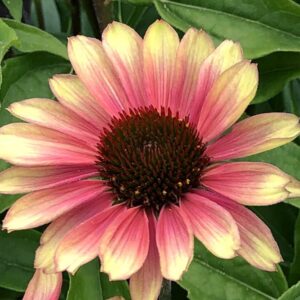
Out of stock
Out of stock
Out of stock
Out of stock
Out of stock
Out of stock
Echinacea ‘Pink Lemonade’ (Coneflower)
£6.75 – £30.00Price range: £6.75 through £30.00 Select options This product has multiple variants. The options may be chosen on the product page -
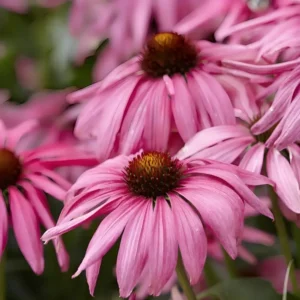
Out of stock
Out of stock
Out of stock
Out of stock
Out of stock
Out of stock
Out of stock
Out of stock
Out of stock
Echinacea ‘Purple Emperor’ (Butterfly Series) (Coneflower)
£6.75 – £30.00Price range: £6.75 through £30.00 Select options This product has multiple variants. The options may be chosen on the product page -
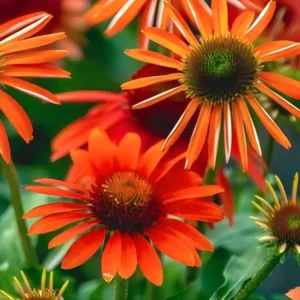
Out of stock
Out of stock
Out of stock
Out of stock
Out of stock
Out of stock
Out of stock
Echinacea ‘Red Skipper’ (Coneflower)
£6.75 – £25.00Price range: £6.75 through £25.00 Select options This product has multiple variants. The options may be chosen on the product page -
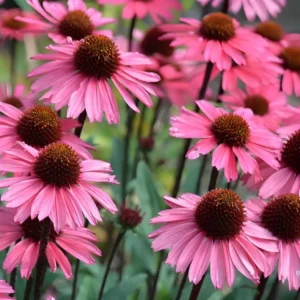
Out of stock
Out of stock
Out of stock
Out of stock
Out of stock
Out of stock
Echinacea ‘Sensation Wild Romance’ (Coneflower)
£6.75 – £25.00Price range: £6.75 through £25.00 Select options This product has multiple variants. The options may be chosen on the product page -
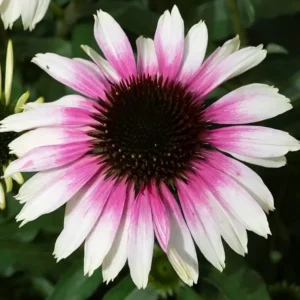
Out of stock
Out of stock
Out of stock
Out of stock
Out of stock
Out of stock
Echinacea ‘Sombrero Special White Purple’ (Coneflower)
£6.75 – £25.00Price range: £6.75 through £25.00 Select options This product has multiple variants. The options may be chosen on the product page -
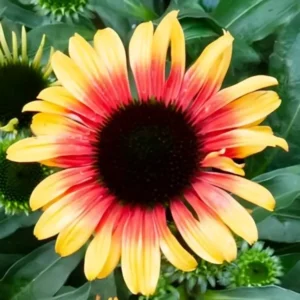
Out of stock
Out of stock
Out of stock
Out of stock
Out of stock
Out of stock
Echinacea ‘Sombrero Special Yellow Red’ (Coneflower)
£6.75 – £25.00Price range: £6.75 through £25.00 Select options This product has multiple variants. The options may be chosen on the product page -
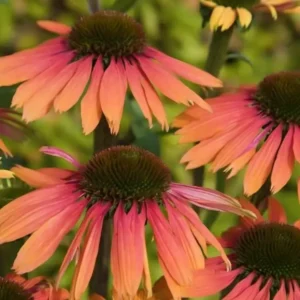
Out of stock
Out of stock
Out of stock
Out of stock
Out of stock
Out of stock
Out of stock
Echinacea ‘Summer Cocktail’ (Coneflower)
£6.75 – £25.00Price range: £6.75 through £25.00 Select options This product has multiple variants. The options may be chosen on the product page -
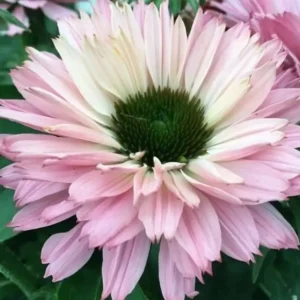
Out of stock
Out of stock
Out of stock
Out of stock
Out of stock
Out of stock
Out of stock
Echinacea ‘Sunseeker Salmon’ (Coneflower)
£6.75 – £25.00Price range: £6.75 through £25.00 Select options This product has multiple variants. The options may be chosen on the product page -
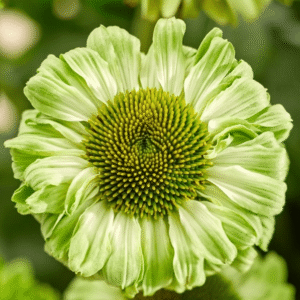
Out of stock
Out of stock
Out of stock
Out of stock
Out of stock
Echinacea ‘Sunseekers Apple Green’ (Coneflower)
£6.75 – £30.00Price range: £6.75 through £30.00 Select options This product has multiple variants. The options may be chosen on the product page -
Out of stock
Out of stock
Out of stock
Out of stock
Out of stock
Out of stock
Echinacea ‘Sunseekers Golden Sun’ (Coneflower)
£6.75 – £25.00Price range: £6.75 through £25.00 Select options This product has multiple variants. The options may be chosen on the product page -

Out of stock
Out of stock
Out of stock
Out of stock
Out of stock
Out of stock
Echinacea ‘Sunseekers Hot Pink’ (Coneflower)
£6.75 – £25.00Price range: £6.75 through £25.00 Select options This product has multiple variants. The options may be chosen on the product page -
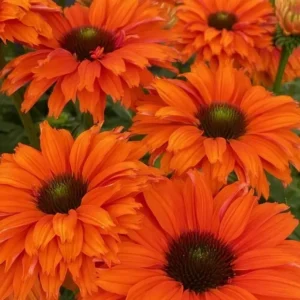
Out of stock
Out of stock
Out of stock
Out of stock
Out of stock
Out of stock
Out of stock
Echinacea ‘SunSeekers Mineola’ (Coneflower)
£6.75 – £25.00Price range: £6.75 through £25.00 Select options This product has multiple variants. The options may be chosen on the product page -

Out of stock
Out of stock
Out of stock
Out of stock
Out of stock
Out of stock
Out of stock
Echinacea ‘SunSeekers Rainbow’ (Coneflower)
£6.75 – £25.00Price range: £6.75 through £25.00 Select options This product has multiple variants. The options may be chosen on the product page -
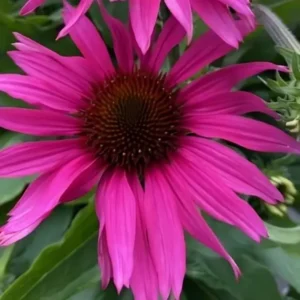
Out of stock
Out of stock
Out of stock
Out of stock
Out of stock
Out of stock
Echinacea ‘Sunseekers Rosy’ (Coneflower)
£6.75 – £25.00Price range: £6.75 through £25.00 Select options This product has multiple variants. The options may be chosen on the product page -
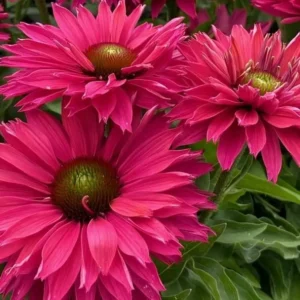
Out of stock
Out of stock
Out of stock
Out of stock
Out of stock
Out of stock
Out of stock
Out of stock
Out of stock
Echinacea ‘Sunseekers Sweet Fuchsia’ (Coneflower)
£6.75 – £25.00Price range: £6.75 through £25.00 Select options This product has multiple variants. The options may be chosen on the product page -
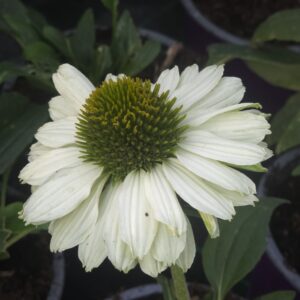
Out of stock
Out of stock
Out of stock
Out of stock
Out of stock
Out of stock
Echinacea ‘SunSeekers White Perfection’ (Coneflower)
£6.75 – £25.00Price range: £6.75 through £25.00 Select options This product has multiple variants. The options may be chosen on the product page -
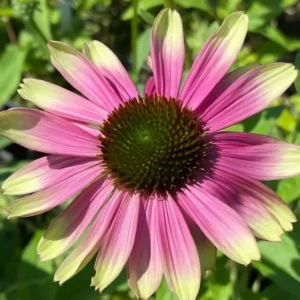
Out of stock
Out of stock
Out of stock
Out of stock
Out of stock
Out of stock
Echinacea ‘Sweet Sandia’ (Coneflower)
£6.75 – £25.00Price range: £6.75 through £25.00 Select options This product has multiple variants. The options may be chosen on the product page -
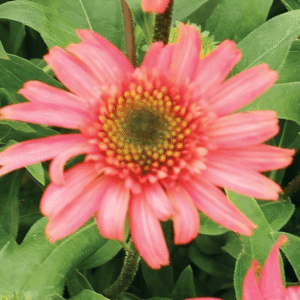
Out of stock
Out of stock
Out of stock
Out of stock
Out of stock
Out of stock
Echinacea CARA MIA ‘Seashell’ (Coneflower)
£6.75 – £30.00Price range: £6.75 through £30.00 Select options This product has multiple variants. The options may be chosen on the product page -
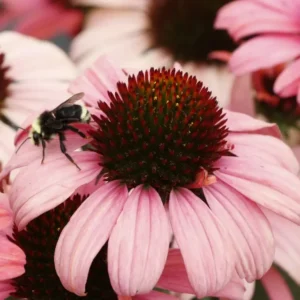
Out of stock
Out of stock
Out of stock
Out of stock
Out of stock
Out of stock
Echinacea DARK SHADOWS ‘Mystic’ (Coneflower)
£6.75 – £25.00Price range: £6.75 through £25.00 Select options This product has multiple variants. The options may be chosen on the product page -
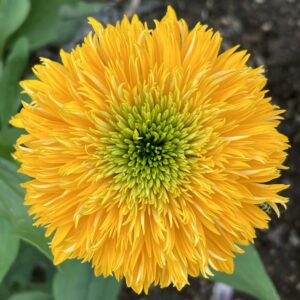
Out of stock
Out of stock
Out of stock
Out of stock
Out of stock
Out of stock
Echinacea DELIGHTFUL ‘Sol’
£6.75 – £30.00Price range: £6.75 through £30.00 Select options This product has multiple variants. The options may be chosen on the product page -
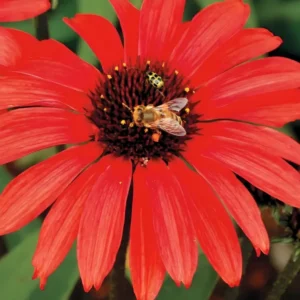
Out of stock
Out of stock
Out of stock
Out of stock
Out of stock
Out of stock
Echinacea PRIMA ‘Ruby’ (Coneflower)
£6.75 – £25.00Price range: £6.75 through £25.00 Select options This product has multiple variants. The options may be chosen on the product page -
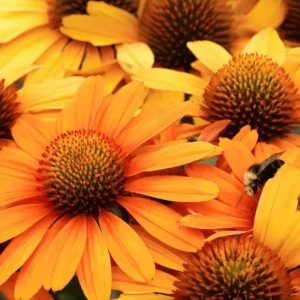
Out of stock
Out of stock
Out of stock
Out of stock
Out of stock
Out of stock
Echinacea PRIMA ‘Saffron’ (Coneflower)
£6.75 – £25.00Price range: £6.75 through £25.00 Select options This product has multiple variants. The options may be chosen on the product page -
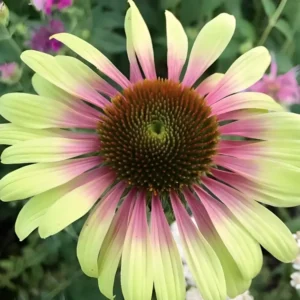
Out of stock
Out of stock
Out of stock
Out of stock
Out of stock
Echinacea purpurea ‘Green Twister’ (Coneflower)
£7.75 – £25.00Price range: £7.75 through £25.00 Select options This product has multiple variants. The options may be chosen on the product page -
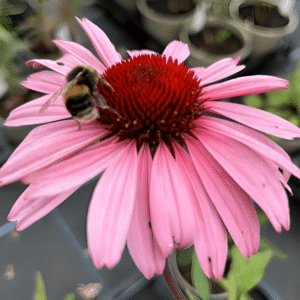
Out of stock
Out of stock
Out of stock
Out of stock
Out of stock
Out of stock
Out of stock
Out of stock
Out of stock
Out of stock
Out of stock
Out of stock
Out of stock
Echinacea purpurea ‘Magnus Superior’ (Coneflower)
£7.75 – £30.00Price range: £7.75 through £30.00 Select options This product has multiple variants. The options may be chosen on the product page -

Out of stock
Out of stock
Out of stock
Out of stock
Out of stock
Out of stock
Out of stock
Out of stock
Out of stock
Echinacea purpurea ‘Pretty Parasols’ (‘JS Engeltje’) (Coneflower)
£6.75 – £25.00Price range: £6.75 through £25.00 Select options This product has multiple variants. The options may be chosen on the product page -
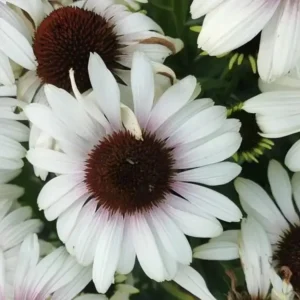
Out of stock
Out of stock
Out of stock
Out of stock
Out of stock
Out of stock
Echinacea purpurea ‘Unica Cherry on Ice’ (Coneflower)
£6.75 – £25.00Price range: £6.75 through £25.00 Select options This product has multiple variants. The options may be chosen on the product page -

Out of stock
Out of stock
Out of stock
Out of stock
Out of stock
Out of stock
Echinacea purpurea ‘Verdana’ (Coneflower)
£6.75 – £25.00Price range: £6.75 through £25.00 Select options This product has multiple variants. The options may be chosen on the product page
🌼 How to Care for Echinacea
Echinacea thrives in full sun, ideally 6–8 hours a day. It tolerates light shade, especially in very hot regions, but more sun gives stronger flowering.
They prefer well‑drained soil, ranging from sandy to loamy or chalky. Heavy clay or wet soils can lead to poor growth or rot.
Plant in spring or early autumn (avoid frost periods). Space plants at least 30–60 cm apart for airflow. Keep soil moist during establishment, then reduce watering once established.
They may take one to two years to flower. Spring-sown plants often bloom the following year; autumn-sown may flower in the same season.
Water regularly in the first season, keeping the soil moist but never waterlogged. Once established, echinacea is quite drought tolerant and needs watering only during dry spells.
In well-drained, fertile soil, minimal feeding is needed. If soil is poor, a light spring mulch or balanced feed helps—avoid high-nitrogen fertilizers, which encourage foliage over flowers.
Deadhead faded flowers to encourage repeat blooms. At the end of the season, you can leave seedheads for wildlife then cut all stems down in spring for clean regrowth.
They grow easily from seed—cold stratification in winter improves germination. Division is possible but slow due to deep taproots; self-sowing often fills gaps naturally.
Is Echinacea hardy in UK gardens?
Most varieties are fully hardy, though in soggy winters root crowns may rot. Good drainage or growing in containers helps prevent issues.
Generally robust, though may suffer from slugs, snails, powdery mildew, or leaf spots in damp conditions. Good air circulation and dry soil reduce risk.
